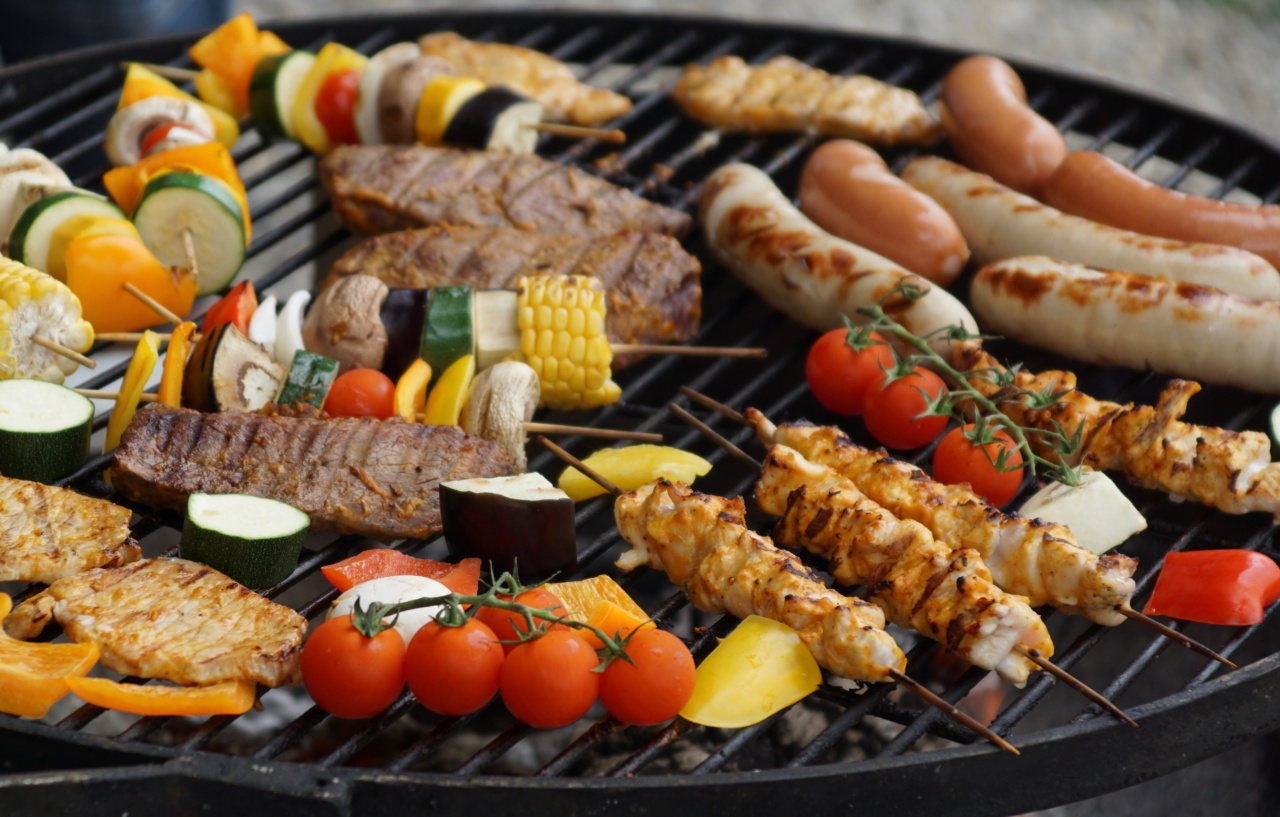Chicken is a versatile and widely consumed meat that can be prepared in various ways. However, when it comes to cooking chicken, there are certain precautions that need to be taken to ensure it is safe to consume.
One such precaution is the need to properly handle and store chicken before cooking it. While cooking chicken immediately may seem convenient, there are potential risks involved that everyone should be aware of.
The danger of bacterial contamination
Raw chicken has the potential to be contaminated with harmful bacteria such as Salmonella and Campylobacter. These bacteria can cause foodborne illnesses if ingested, leading to symptoms such as diarrhea, vomiting, abdominal cramps, and fever.
In severe cases, these infections can even result in hospitalization or, in rare instances, death.
Packaging and storage guidelines
When buying chicken from the grocery store, it is crucial to ensure that the packaging is intact and undamaged. If the packaging is compromised or torn, there is a higher risk of bacterial contamination.
It is also advisable to check the sell-by or use-by date to ensure the chicken is still fresh.
Once chicken is purchased, it is important to store it correctly. Chicken should be stored in the refrigerator at a temperature of 40°F (4°C) or below.
Ideally, it should be stored in a sealed container or wrapped tightly in plastic wrap to prevent any raw juices from dripping onto other foods and causing cross-contamination.
Preparation and marination considerations
When planning to cook chicken, it is advisable to allow some time for preparation and marination. Marinating chicken not only enhances its flavor but can also help tenderize the meat.
However, it is important not to marinate chicken at room temperature for an extended period, as this can promote bacterial growth.
If marinating chicken, it should be done in the refrigerator. Additionally, any marinade that comes into contact with raw chicken should not be reused for basting or dressing the cooked chicken, as it may contain harmful bacteria from the raw meat.
Benefits of proper resting time
After cooking chicken, it is essential to allow it to rest for a few minutes before serving. Resting chicken allows the juices to redistribute, resulting in a more tender and flavorful meat.
It is important to note that even if chicken is cooked to the appropriate internal temperature, if it is not allowed to rest, the juices may escape, leading to a drier and less appetizing result.
Cooking techniques for chicken
There are several cooking techniques that can be used for chicken, such as baking, grilling, frying, and boiling.
Each method requires careful attention to ensure the chicken reaches the recommended internal temperature, which is 165°F (74°C) for chicken breasts and 175°F (79°C) for chicken thighs and drumsticks.
When using a meat thermometer to check if chicken is properly cooked, it is crucial to insert it into the thickest part of the meat without touching the bone. This ensures an accurate reading, and thus, safe consumption.
Safe cooking practices
In order to minimize the risk of bacterial contamination and ensure safe consumption of chicken, it is important to follow these safe cooking practices:.
- Always wash hands thoroughly with soap and water before and after handling chicken.
- Use separate cutting boards and utensils for raw chicken to avoid cross-contamination. If possible, sanitize them in hot, soapy water or in a dishwasher.
- Clean and sanitize any surfaces that come into contact with raw chicken, such as countertops and kitchen tools.
- Thaw frozen chicken in the refrigerator, never at room temperature, to prevent bacterial growth.
- Consume cooked chicken within 2 hours of preparation. If it will be longer than 2 hours, refrigerate it promptly and reheat thoroughly before eating.
Conclusion
While it may be tempting to cook chicken immediately for a quick meal, it is important to consider the potential risks associated with not properly handling and storing chicken.
Bacterial contamination can lead to foodborne illnesses, causing unpleasant symptoms or even serious health complications. By following proper food safety guidelines, including adequate storage, appropriate preparation, and thorough cooking, the risks can be minimized, and chicken can be enjoyed safely and deliciously.




























